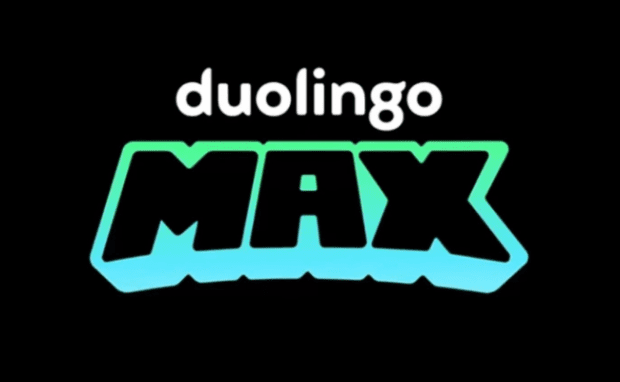Duolingo Max Makes Learning Languages Easier With AI
Duolingo collaborates with OpenAI to provide a new subscription tier called Duolingo Max, which unlocks two new features: Role Play and Explain my Answer.
Role Play simulates real-life scenarios where users can apply what they’ve learned. Meanwhile, Explain my Answer breaks down rules when they make mistakes.
Principal product manager Edwin Bodge said, “We wanted AI-powered features that were deeply integrated into the app and leveraged the gamified aspect of Duolingo that our learners love.”
How does Duolingo Max work?
Let us demonstrate how it works with an example. Let us say you want to learn Mandarin with Duolingo Max’s Role Play.
It may simulate a scenario where you are with a friend at a coffee shop. Then, the app will instruct you to ask your friend if he or she wants coffee in Mandarin.
The right response is, “Ni yao kafei ma?” Next, Duolingo Max tests you further by switching the “friend” with your “boss” or a similar higher-up.
You must ask them the same question, so you select “Ni yao kafei ma?” as the answer. However, it will explain that your answer should have been “Nin yao kafei ma?”
Then, you can select the Explain my Answer feature to understand the error.
In response, Duolingo Max will tell you that “ni” is for informal conversations with friends.
Meanwhile, “nin” is more suitable for formal discussions with superiors.
I used Mandarin as an example, but Duolingo is only available in French and Spanish. Also, it costs $29.99 monthly or $167.99 annually.
What is the purpose of Duolingo Max?

Photo Credit: amanz.my
Duolingo Max is a solution to a long-standing problem: “How can the Duolingo app teach users in a variety of contexts?”
For example, it would be easier for someone to learn a language if they try to order a latte at a coffee shop in that foreign tongue.
That method is otherwise known as “implicit learning,” and it is more effective than memorizing rules. More importantly, that posed an interesting challenge for the language learning app.
Back then, Duolingo tried to “chat” with users via scripted conversations related to everyday scenarios like meeting someone for the first time.
However, Bodge realized that the app needed a way to talk to learners in niche contexts “immersively.”
In other words, he needed the language-learning program to have free-flowing conversations with users.
Duolingo engineers tried to make that happen by applying GPT-3 to its classic chat feature.
However, lead engineer Bill Peterson noted, “we didn’t feel it was at the point where we could confidently integrate it to handle the complex automated aspects of chats.”
Fortunately, the new version GPT-4 learned enough public data to allow Duolingo Max to create flexible exchanges with users with Role Play and Explain my Answer.
Conclusion
Duolingo Max is a collaborative service between Duolingo and OpenAI, which helps users learn languages easier with the help of artificial intelligence.
It only works for Spanish and French courses at the time of writing. Soon, expect the new AI features to expand to more languages.
Did you know AI is expanding to other parts of your life? Adapt to the digital trends by following Inquirer Tech.
Read Next
Subscribe to INQUIRER PLUS to get access to The Philippine Daily Inquirer & other 70+ titles, share up to 5 gadgets, listen to the news, download as early as 4am & share articles on social media. Call 896 6000.
For feedback, complaints, or inquiries, contact us.
For all the latest Technology News Click Here
For the latest news and updates, follow us on Google News.



